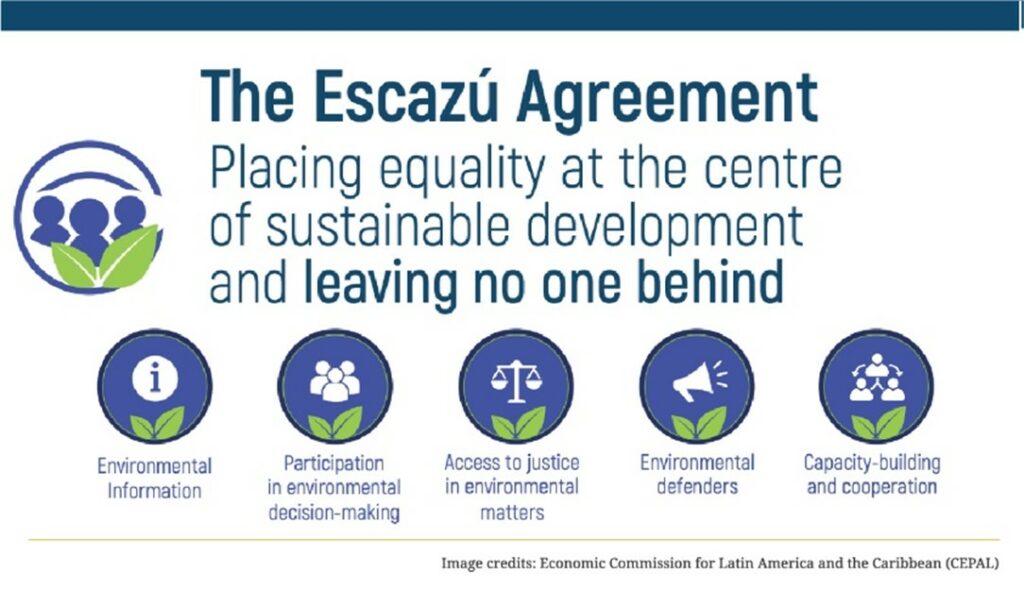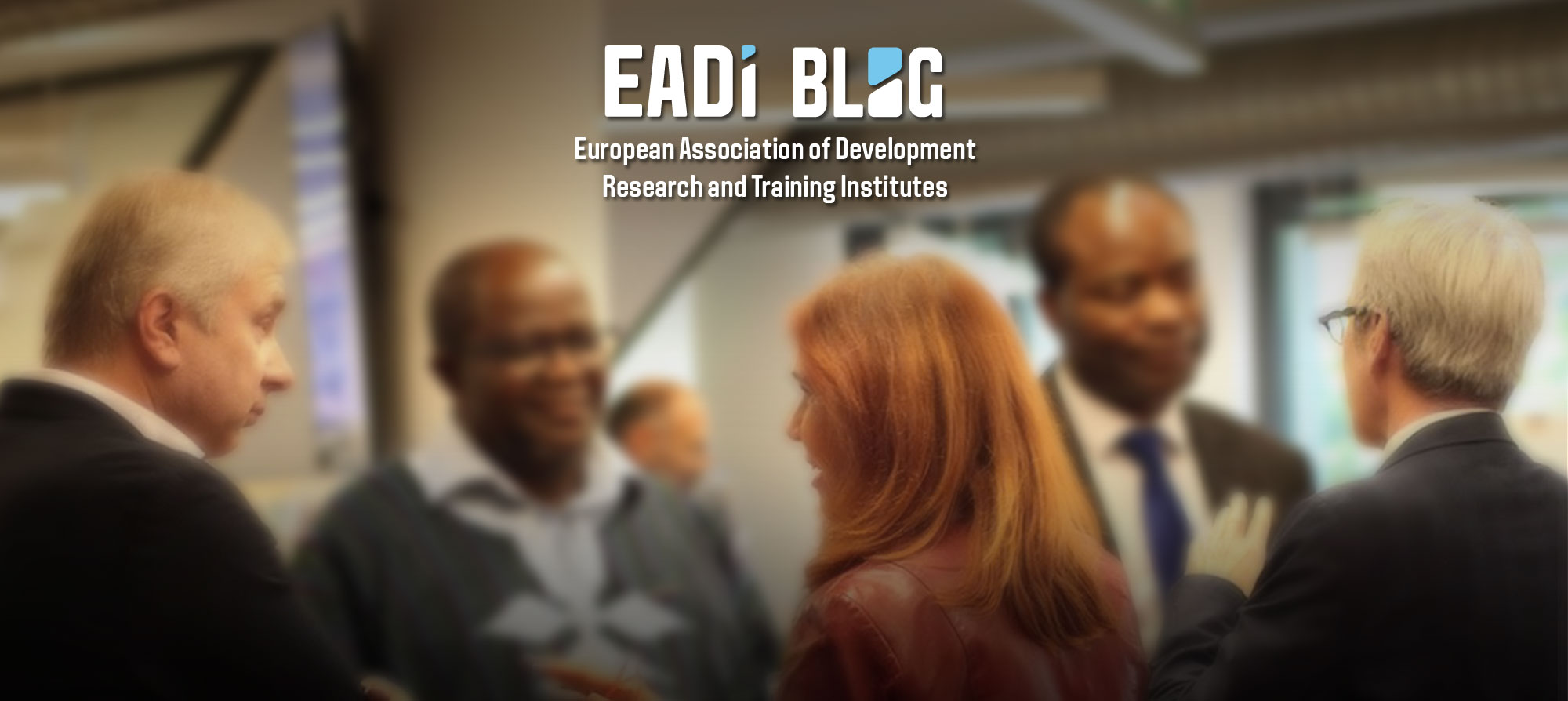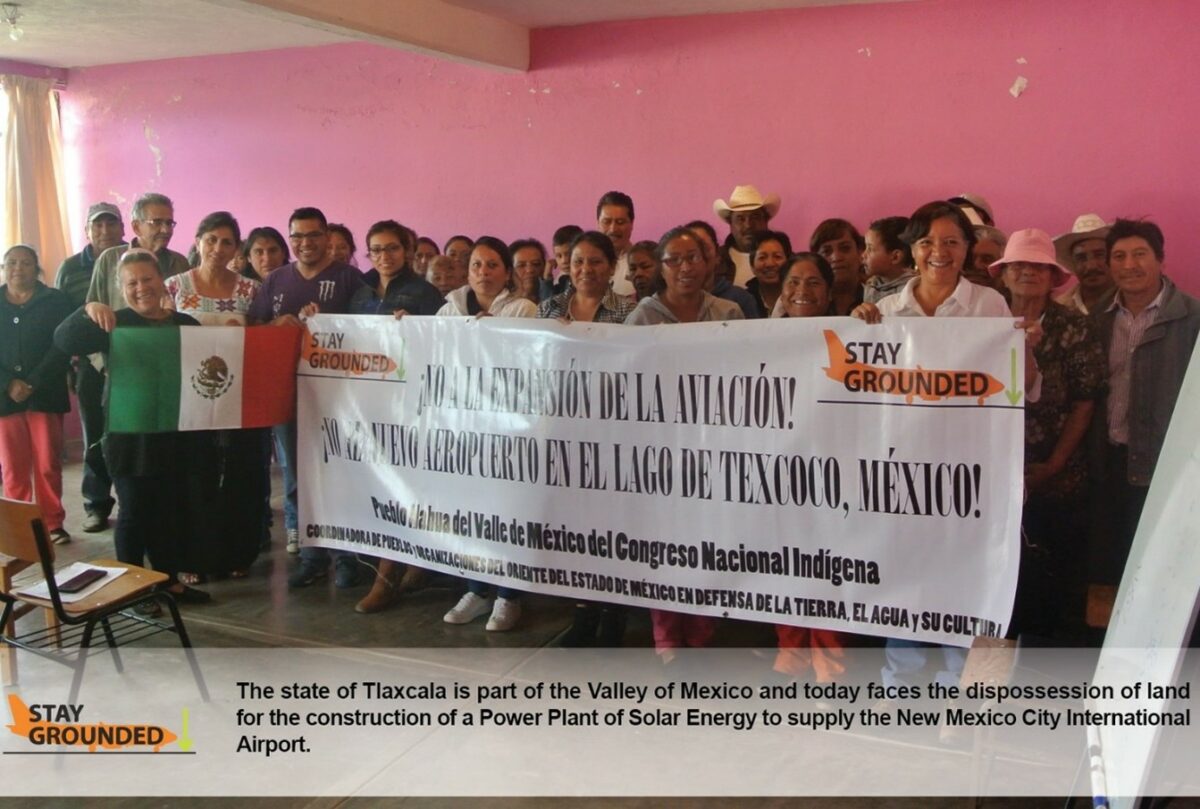By Héctor Herrera / Debt and Green Transition blog series
Over the last few years, two parallel processes have unfolded in Latin America and the Caribbean (LAC). They are seldom considered together, but must be analyzed as intersecting: the drafting and implementation of the Escazú Agreement on environmental participation, and the expansion of the green bond market. I argue that green bonds, debt securities labeled as climate-environment-related and issued to borrow money from the financial market, need to be analyzed in combination with the Escazú Agreement, and with adequate policy action. Likewise, before any other climate finance instruments are tested, a legal and financial infrastructure should be set up to guarantee the basic protections reiterated by the Escazú Agreement: respect for the life and integrity of environmental defenders, access to environmental information, effective environmental participation, and access to justice in environmental matters.
Green financialization and protection of environmental defenders: two parallel and intersecting pathways
The Escazú Agreement is the Regional Convention on environmental participation in LAC. So far, it has been signed by 24 countries and ratified by 13, including Antigua and Barbuda, Uruguay, and Mexico. The Escazú Agreement holds three fundamental pillars: access to environmental information; public participation in environmental decision-making; and access to justice in environmental matters. Essential for the pillars is the protection of human rights defenders in environmental matters, as recognized in Article 9 of the Agreement. This is particularly important in LAC, the region with the highest number of killings of environmental defenders in the world in 2020, with Colombia, Mexico, Brazil, Honduras, Guatemala, and Nicaragua having the worst situation .
At a time when several global North countries are launching their Green Deals and contributing to the idea of a global climate finance system to fund the “green transition,” the question of private finance’s response to the Escazú Agreement’s requirements arises. For development banks and other financial actors in LAC, Escazú is presented as a useful tool to create a favorable and stable environment for green investments in the region. According to them, the agreement would allow investors interested in financing green projects to rely on a regional legal framework
Alicia Bárcena, Executive Secretary of the United Nations Economic Commission for LAC (ECLAC), argued: “There are those who fear the Escazú Agreement would hinder investment… On the contrary! This agreement can ensure that investments are more sustainable, with the participation of communities. If they are part of approving a process, the chances are greater that they will be environmentally sustainable and sustained over time”
However, it is not clear whether private financial actors will embrace the Escazú Agreement by their own initiative as a way of reducing risk, on the contrary run away concerned by the higher cost of pouring money into Escazú-implementing countries, or be legally required to follow the Escazú framework by the implementing States. This is why it is essential to discuss the integration of the pillars of the Escazú Agreement to the expansion of the green bond market in LAC and the testing of climate finance instruments in general.

Access to environmental information under the principle of maximum disclosure (Articles 5 and 6)
Green bonds are issued in the private financial market, which typically underlies restrictions on access to information as per commercial and financial law. This opens a field of tension and research about how the information related to the green bonds will be disclosed or restricted. For both the public and private issuers of green bonds, the content of the financial transaction should be made public. Clear criteria regarding access to environmental information about green bonds should address what part of the information on deal-making and project-implementation will be automatically released to the public, released upon request, or kept secret under strict regulations. All this falls under the principle of maximum disclosure recognized in Escazú (Article 3).
Public participation in environmental decision-making (Article 7)
The green bond is a debt security; therefore, once issued, the financial commitments tie up the future actions of the issuer and the execution of the project. Who authorizes and consents to the green investment and the project: the environmental authority, the green bond investor, the green bond issuer, the community where the project is located, the project implementor, or all of the above? The Escazú Principles of equality, non-discrimination, accountability, and good faith are useful for analyzing this point (Article 3).
Access to justice in environmental matters (Article 8)
The question arises: Will judges and tribunals examine green bonds? What is the liability when the investment in a green bond funds environmental and human rights violations? What is the liability when greenwashing misleads investors and communities? There is useful jurisprudence in the Inter-American Court of Human Rights as point of reference, for example, about forestry and mining projects in an indigenous territory (Saramaka v. Suriname), or access to information regarding a forestry project (Claude-Reyes v. Chile).
No green finance expansion without adequate protection of human rights and environmental rights defenders (Article 9)
Without the full satisfaction of the basic conditions contained in the Escazu agreement, any new financial instrument may reproduce existing environmental and social externalities or generate new ones. Because of this, the expansion of green bonds and other forms of ‘transition debt’ should be placed on hold until all environmental defenders are safe in LAC. The protection of environmental defenders in LAC is essential, they play a leading role in environmental participation, yet they are at permanent risk for their lives and safety. Green bond regulators, standard-setters, and buyers must check whether these investments are jeopardizing human and environmental rights defenders.
Finance products are the projects they support
The Escazú Agreement may regulate the green-labeled projects but may overlook initial financial decisions such as the green bond issuance, which defines the future of the territories where the green investments materialize. In general, the Escazu Agreement should be translated into clear and well-defined guidelines for the financial sector together with the updates of green bond standards in order to acknowledge and include the Escazú Agreement minimums. These two worlds have been separated analytically despite their overlap in reality.
The expansion of the green bond market and other financial instruments for the ‘green transition’ takes for granted that the future of LAC countries goes hand in hand with green finance and ‘green financial investments’. By normalizing this, the current debate seldom focuses on whether this agreement addresses the structural problems of participation and transparency that characterize the current financialization of green development. It also remains silent on whether the financialization of the green transition (and green debt in particular) is what local communities and environmental groups aspire to.
Although looking at the implementation details is important, it is also important to broaden the analysis to include the macrosituation that has been occurring regarding the financialization of climate change. Both the Escazú implementation details related to “green” finance and the macrosituation of climate financialization needs to include the effective participation of the communities dealing with the materialization of all of this.
Héctor Herrera is PhD researcher at the University of Antwerp’s Institute of Development Policy (IOB).
Image: Communities in opposition to the Texcoco Airport Project in Mexico City, partially financed through two green bonds issued in 2016 and 2017 in New York City, totaling six billion USD. The project was cancelled in 2018. Photo credit: Coordinadora de Pueblos y Organizaciones del Oriente del Estado de México en Defensa de la Tierra, el Agua y su Cultura (CPOOEM) (CC BY-NC-SA)

